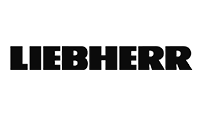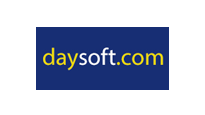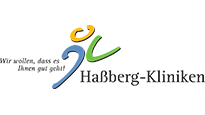Case Studies
Succesful DLP stories from different industries like healthcare, finance, hotel industry & environmental services.
Aspire Pharmaceuticals
Aspire Pharmaceuticals implemented Endpoint Protector to secure and protect their customers’ sensitive data, to monitor employees’ activity and to add additional security against insider threats.
Spectrum of Hope
Spectrum of Hope protects patients and improves security and compliance with CoSoSys’ Endpoint Protector.
Alloy
Alloy needed a data loss prevention (DLP) solution to prevent the exfiltration of sensitive data, including Social Security Numbers, tax IDs, and other client data. It was imperative for Alloy to protect data from both insider threats and accidental loss through endpoints and USB media.
NHS South East Coast Ambulance
NHS South East Coast Ambulance wanted to control all removable devices and enforce encryption across all endpoints used by staff that held or allowed access to personal data. In addition, SECAmb needed a solution that was easy to deploy and compatible with existing management and security products already being used.
Kompanion Bank
Kompanion Bank has implemented Endpoint Protector to secure and protect their customers’ Personally Identifiable Information (PII) and sensitive data.
Blend
Blend needed to protect its banking partners’ customer PII, including Social Security numbers, income records, and more across email, web browsers, and removable media for their Windows-based endpoints and managed through API access.
Canada Guaranty
Canada Guaranty needed to monitor and protect against the unauthorized exfiltration of data - Social Security numbers, financial information, and other client data - from employee endpoints.
JFE Engineering
JFE Engineering implemented Endpoint Protector to efficiently protect against data loss and to closely monitor employee activity in regards to data transfers. They also wanted an additional layer of security.
Samsung SDS
Samsung SDS is using Endpoint Protector to efficiently control and block different devices that can connect through peripheral ports, such as USB drives, printers, mobile phones, keyboards, and more.
Liebherr Iberica
Liebherr Iberica implemented Endpoint Protector to manage insider threats so they avoid any malicious activity from taking place, to add an extra layer of security, and to be compliant with regulations such as GDPR.
Honda Lock
Honda Lock Mexico is using Endpoint Protector to monitor, control, and block USB and peripheral ports, specifically mobile devices that can connect to the computers via Bluetooth.
Daysoft
One of the world’s leading contact lens companies is using Endpoint Protector to control how sensitive data is shared across its network and to ensure it complies with data privacy regulations.
Samsung R&D Institute
A multinational company is using Endpoint Protector to control PC peripherals and data transfers in a multi-OS environment.
FTI Consulting
The global business advisory firm is using Endpoint Protector to safeguard data when employees work remotely and to comply with standards like ISO27001 and ISO27017.
Innovaccer Inc.
Provider of a leading healthcare data activation platform, Innovvaccer Inc. uses Endpoint Protector to gain visibility and control over file transfers and ensure data security while working remotely.
Haßberg Kliniken
As a network of general hospitals, the Haßberg Clinics use Endpoint Protector to secure a wide range of confidential data, like Patient Care Data, Personal Health Information (PHI), and Personally Identifiable Information (PII).
Customer Communications Group
A full-service marketing agency, Customer Communications Group, manages insider threats and meets data compliance requirements with Endpoint Protector.
Gulf Insurance Group
Gulf Insurance is amongst the largest and most diversified insurance networks in the Middle East and North Africa. Established in 1962, the company now has many subsidiaries with the headquarters and main branch located in Kuwait. Gulf Insurance Group covers a variety of risks related to Motor, Marine & Aviation, Property & Casualty, and Life & Health Insurance both in conventional and Takaful (Islamic insurance based on Shariah principles) basis.
STEINEL Normalien AG
STEINEL, a manufacturer of fabricated metal and hardware products, uses Endpoint Protector to ensure data security on multiple operating systems, including Linux.


















